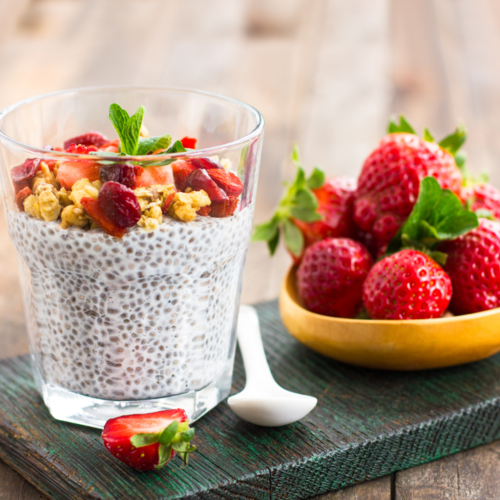Regular exercise is essential for maintaining overall health and well-being. Engaging in physical activity helps to improve cardiovascular health by increasing your heart rate, which strengthens the heart muscle and enhances its ability to pump blood efficiently. This increased circulation delivers more oxygen and nutrients to your body’s tissues, boosting energy levels and supporting vital functions. Moreover, regular exercise helps regulate blood pressure, improve cholesterol levels, and reduce the risk of chronic diseases such as heart disease, diabetes, and certain types of cancer.
Increasing your heart rate through aerobic activities like brisk walking, running, swimming, or cycling also plays a crucial role in weight management and metabolic health. It enhances your body’s ability to burn calories and improves insulin sensitivity, which can prevent or manage conditions like obesity and type 2 diabetes. Beyond the physical benefits, cardiovascular exercise releases endorphins—often referred to as “feel-good” hormones—that can reduce stress, alleviate symptoms of depression, and improve mental clarity and mood.
In addition to aerobic exercise, daily stretching (which I highly recommend!) is a fundamental component of a balanced fitness routine. Stretching helps maintain flexibility, which naturally declines with age if not actively preserved. Flexible muscles and joints can improve posture, reduce the risk of injuries, and alleviate muscle tension and discomfort. Incorporating dynamic stretches before workouts prepares the body for physical activity, while static stretching post-exercise aids in recovery, reduces muscle stiffness, and enhances relaxation. By prioritizing both cardiovascular exercise and daily stretching, you create a comprehensive approach to health that supports longevity, mobility, and overall quality of life.



